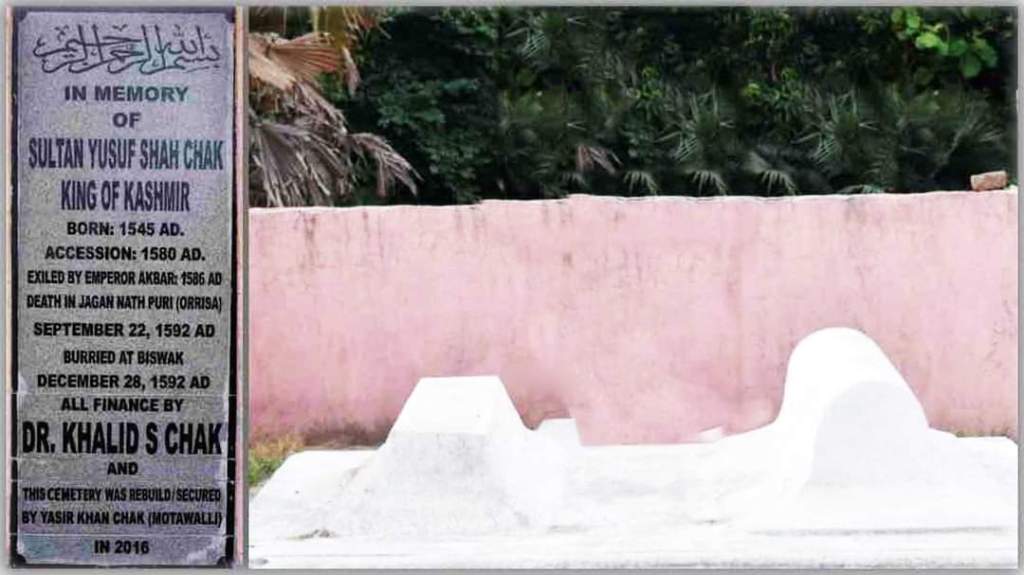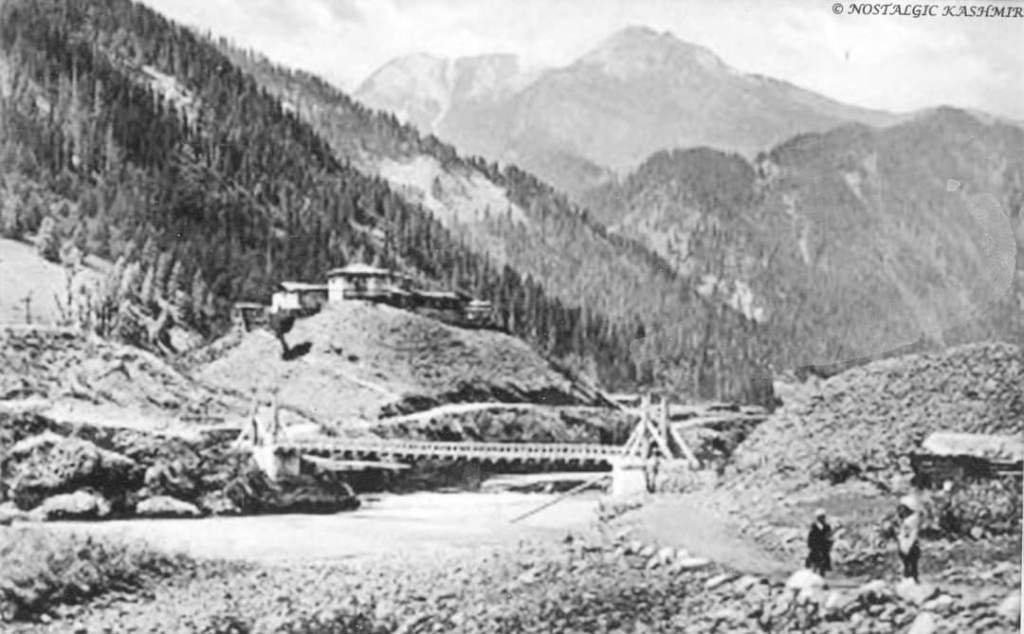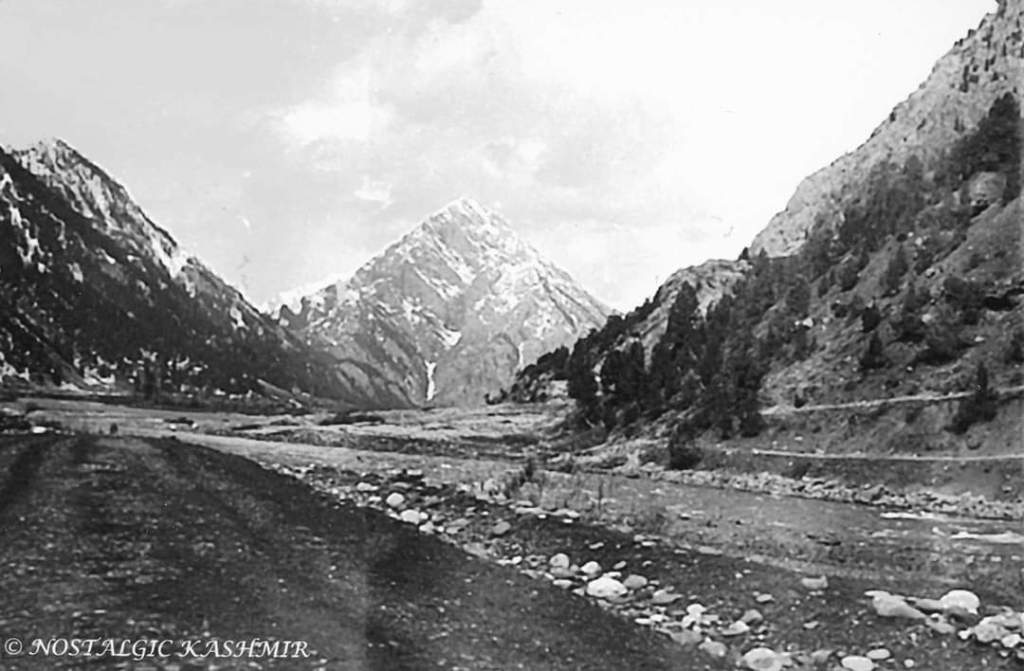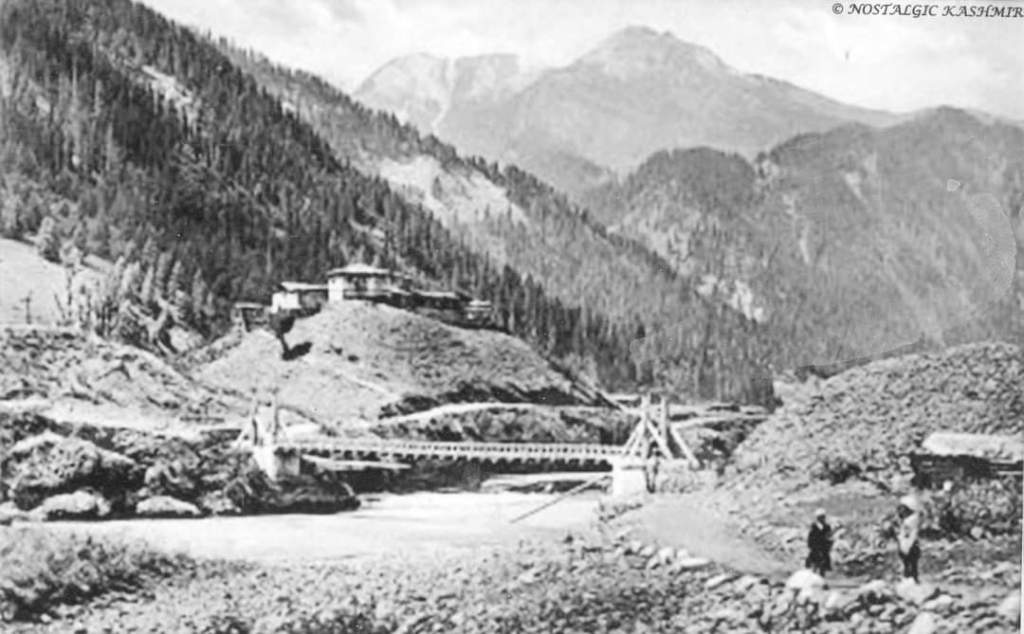
Dard King YOUSUF Shah Chak
THE VALLEY OF GUREZ-
Gurez, (Guráai in the local Shina language) is a valley located in the high Himalayas, about 86 kilometres (53 mi) from Bandipore and 123 kilometres (76 mi) from Srinagar in northern Kashmir and southern Gilgit-Baltistan. At about 2,400 metres (8,000 ft) above sea level, the valley is surrounded by snow-capped mountains. It has diverse fauna and wildlife including the Himalayan brown bear and the snow leopard. Gurez is a series of Valleys have four parts three of which are in POK The Kishanganga River flows through the valley which is 5 miles in length. The road to Gilgit runs through Gurez.
Being situated very close to the Burzil Pass, which leads into Astore District of Gilgit-Baltistan, the inhabitants are ethnic Dards/Shins. They speak the Shina language and have the same styles of dress and culture as their kinsmen in Pakistani- administered Northern areas.
Dawar is the central township in the area. The population of the area is scattered among fifteen villages. Due to heavy snowfall (around 2 metres (7 ft)) and closure of Razdan Pass in winter, the valley remains cut off for six months of the year.
Historically, Gurez was part of ancient Dardistan, stretching between Sharada Peeth in the west, Minimarg in the north, Drass in the east, and Baghtor in the south. The valley falls along the ancient Silk Route, which connected the Kashmir Valley with Gilgit, before continuing further to Kashgar. Archaeological surveys in valleys north of Gurez have uncovered hundreds of carved inscriptions in Kharoshthi, Brahmi, and Tibetan. In particular, the carvings provide insights into the origins of the Kashmiri people and the early history of Buddhism.
Prior to the partition of Kashmir, Gurez had been a popular destination for foreign tourists, including Franklin Delano Roosevelt, who is known to have visited for hunting expedition some time before he became the US president. During the colonial period, Gurez was often visited by trekkers and big game hunters.
Gurez’s most formidable peak is Habba Khatoon peak. This pyramid shaped peak was named after the Kashmiri poetess & queen Habba Khatoon. This peak was originally called DUMBARI Mountain.

Habba Khatoon was a beautiful and intelligent woman from Saffron village Chandhara- Pampore and originally was named Zoon (which means Moon in English and is a common Kashmiri Name). She was the daughter of a peasant Abuddi Rather, who married her to an illiterate peasant boy named Habba. Zoon was ill-treated by her mother-in-law and husband, because she spent most of her time in poetry and singing.
According to legend, one day Yusuf Shah Chak Crown prince of Kashmir who was from Gurez Valley was out hunting on horseback. He heard Zoon singing under the shade of a Chinar tree, and the couple met and fell in love. Yousuf Shah Chak arranged her divorce and married her. She entered the palace in about 1570, and Shah at some point changed her name to Habba Khatoon. Yousuf Shah Chak became the last indigenous Muslim King of Kashmir in 1579. Chaks were formidable and ferocious fighters and soundly defeated the great Mughal Emperor Akbar twice and that too with a much smaller army. Some disgruntled Kashmiri nobles were often pushing Akbar to annex Kashmir and they arranged a meeting between Emperor Akbar And Yousuf Shah Chak at Agra in 1586. Akbar and the nobles who had arranged the meeting betrayed Yousuf Shah Chak. He was imprisoned for the rest of his life. It is narrated that Habba Khatoon, had opposed Yousuf’s travel to Agra, for she sensed Akbar’s offer as a bait. Yousuf Shah Chak was exiled to Bengal and later shifted to Bihar where he died at Nalanda Bihar Sharief.
In the meanwhile Yusuf was succeeded by his son Yakub Shah Chak (a great warrior as well) who ruled Kashmir for three years until 1589 AD, when it was annexed to Mughal Empire by Akbar.
After her husband’s exile, she wandered through out the valley ,particularly Gurez Valley and banks of river Jhelum in mourning. She died twenty years later by drowning into the Jhelum and now her tomb is at Athwajan.

.

in Markoot village